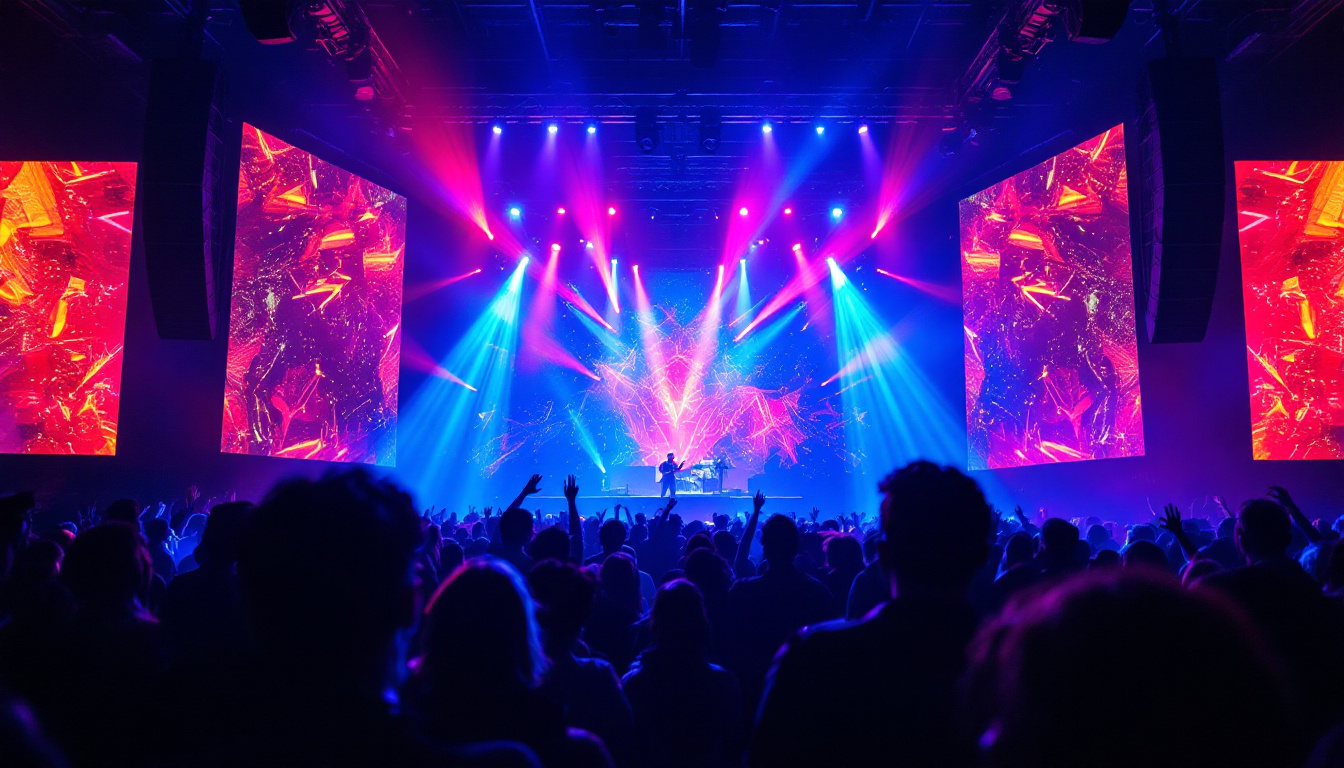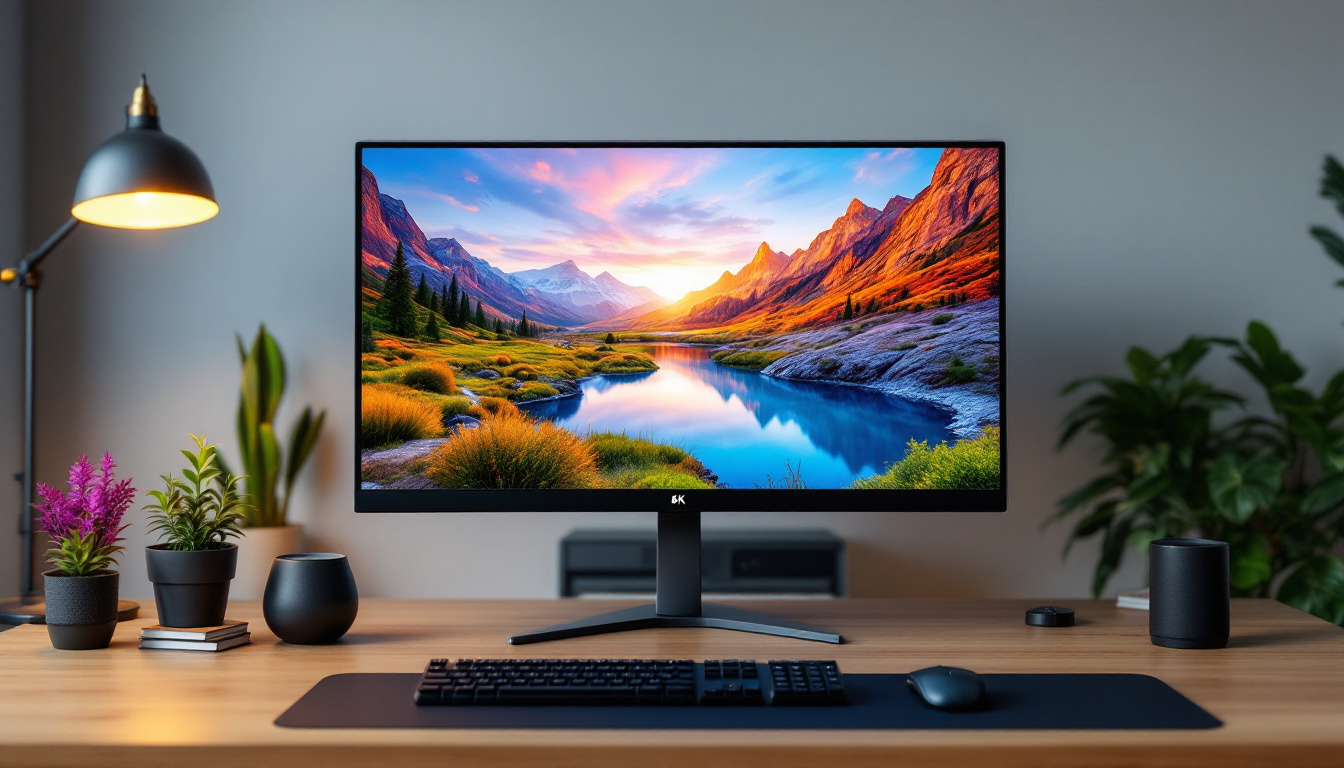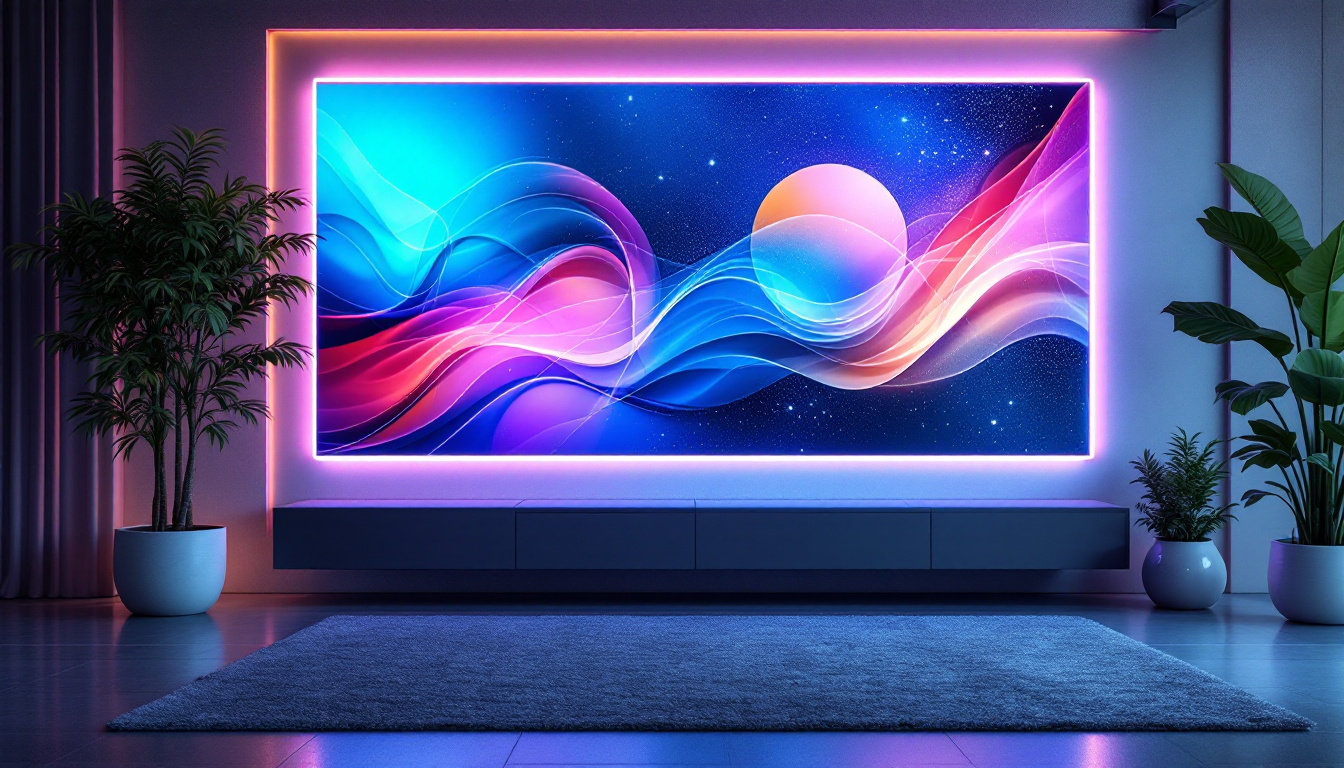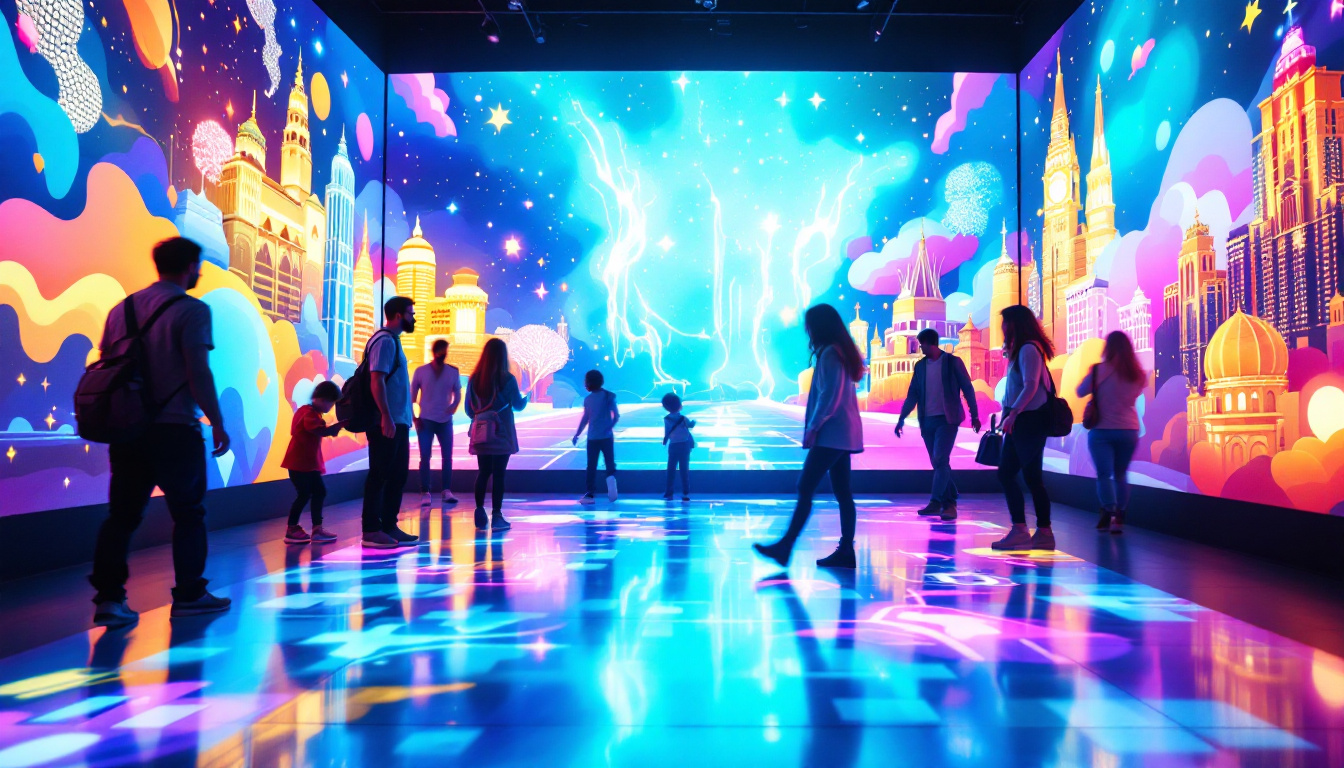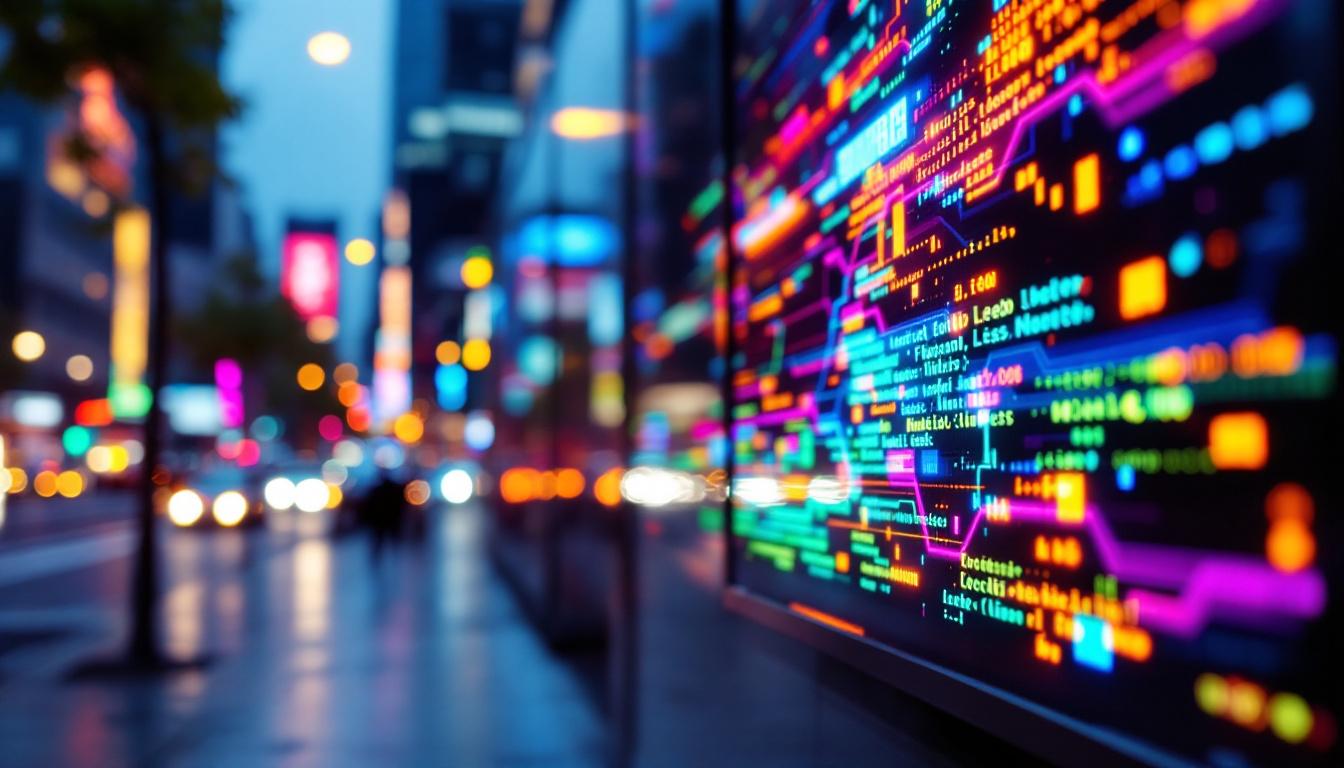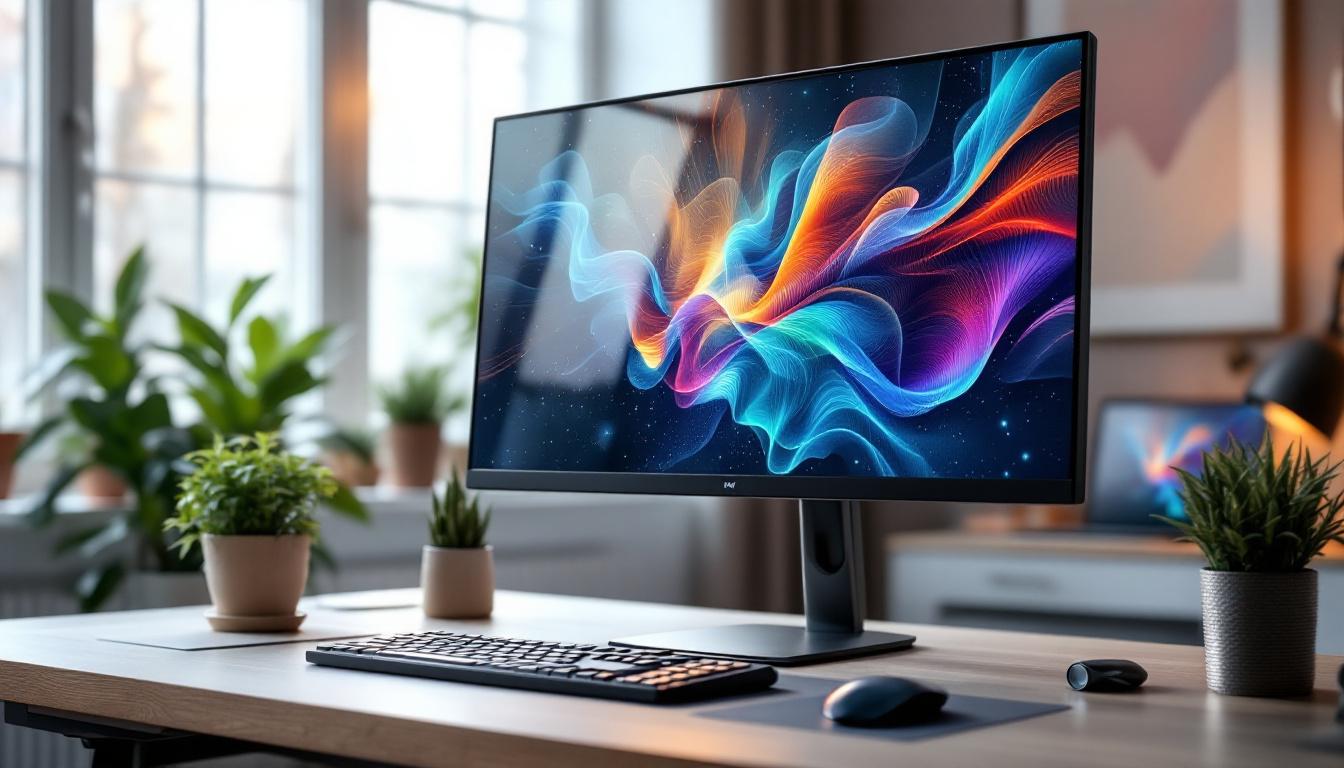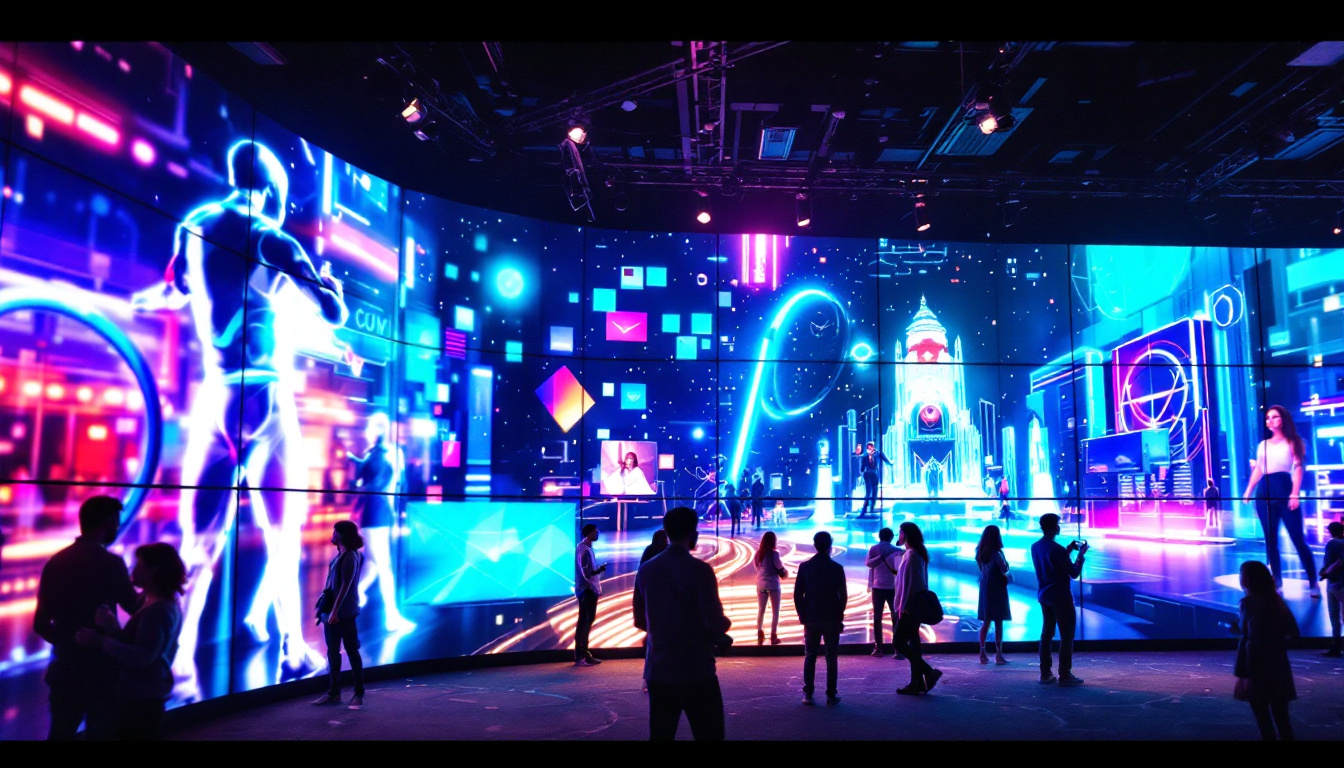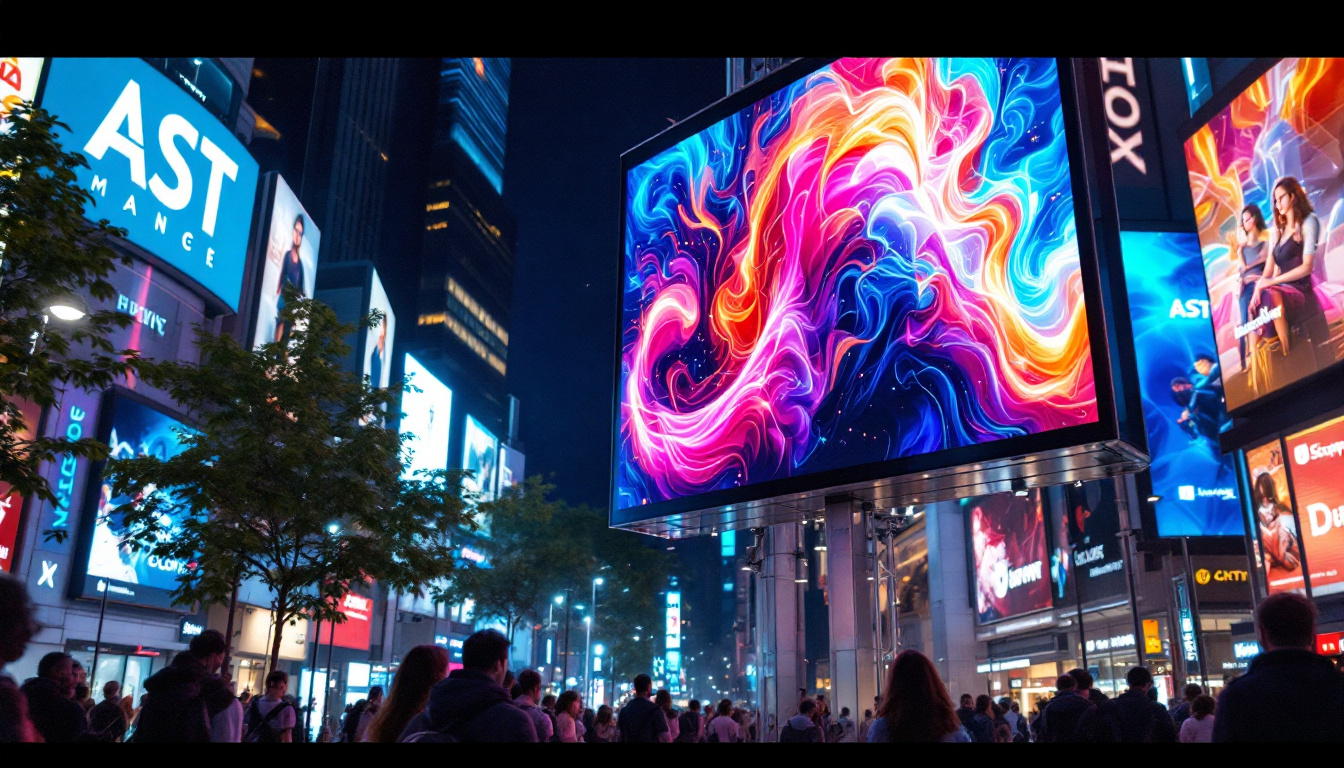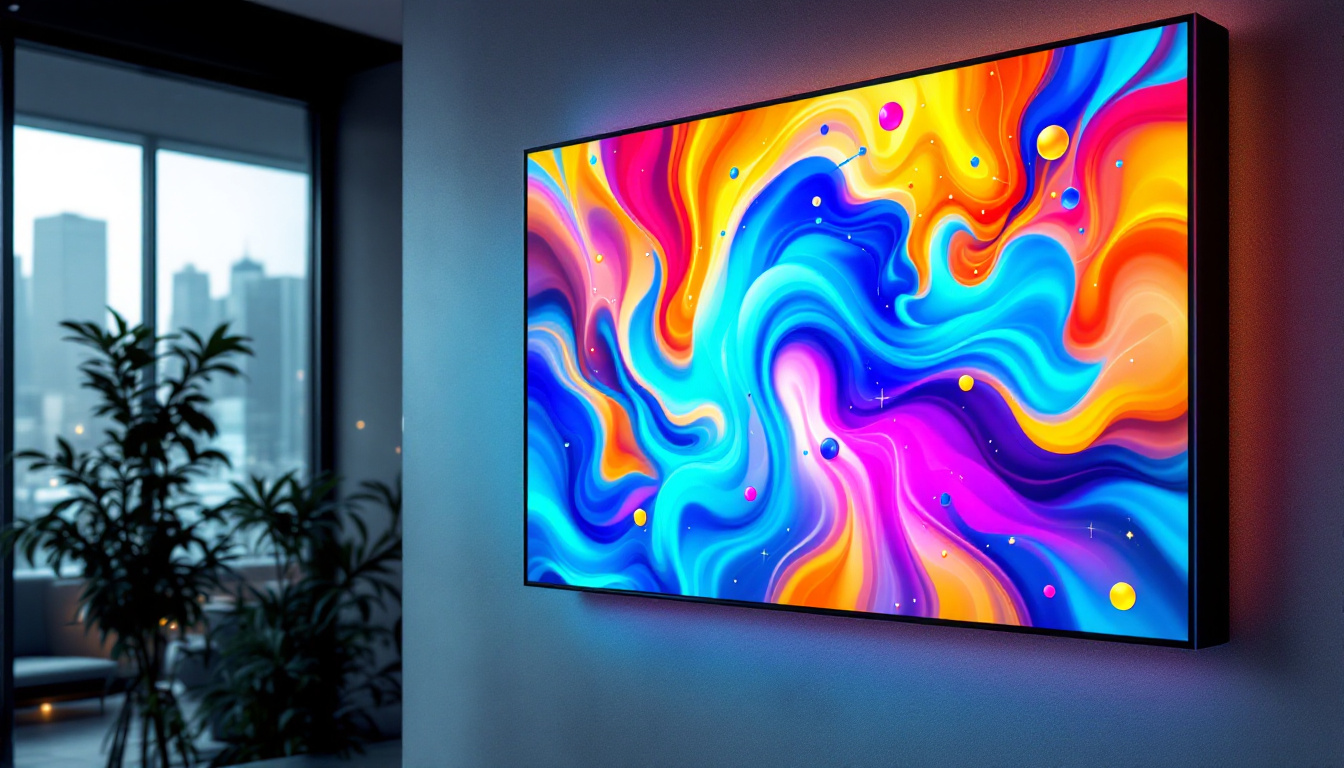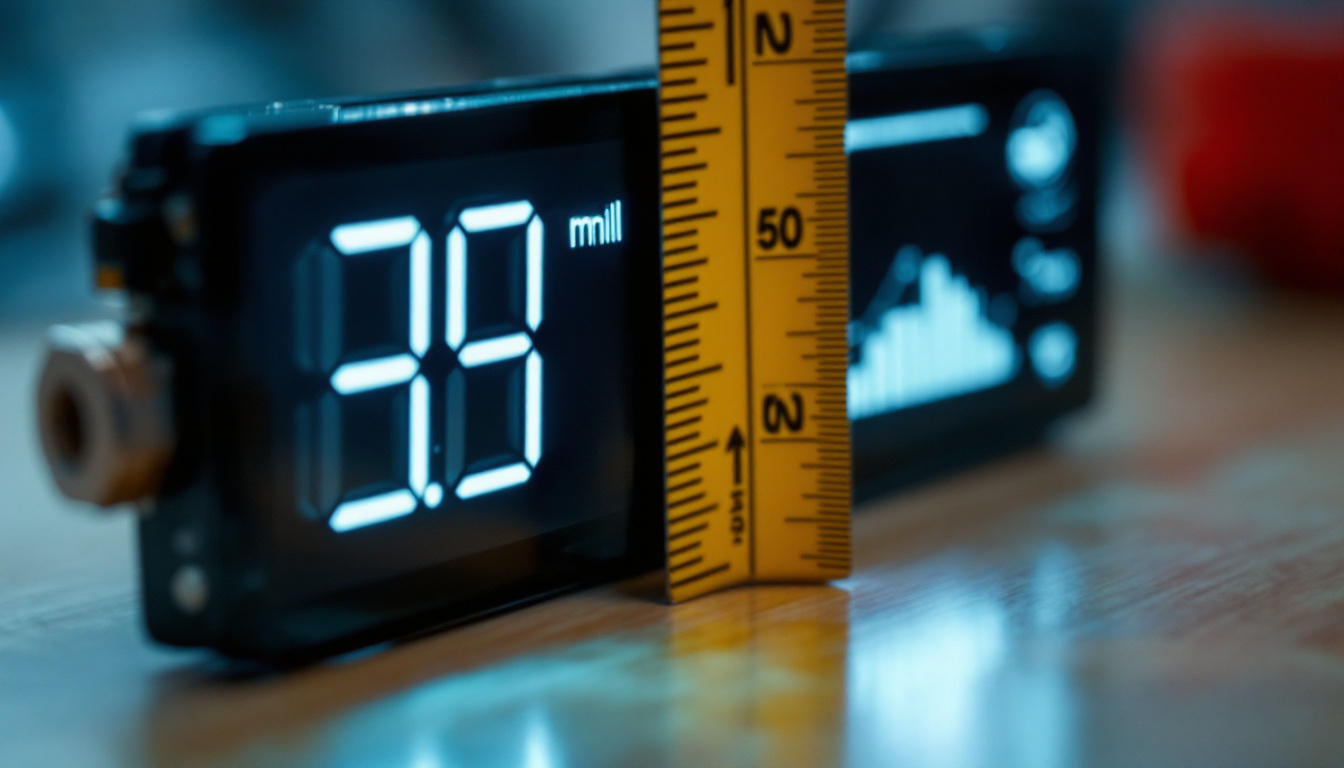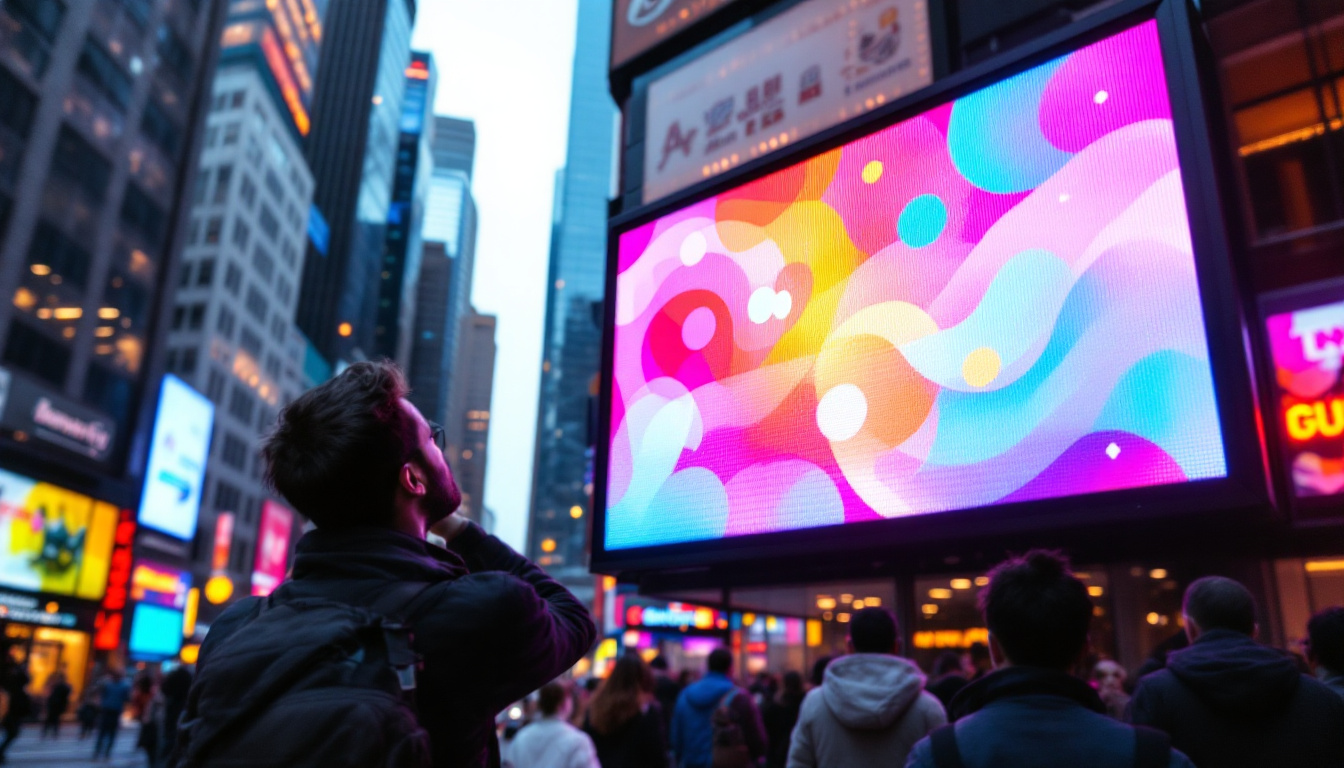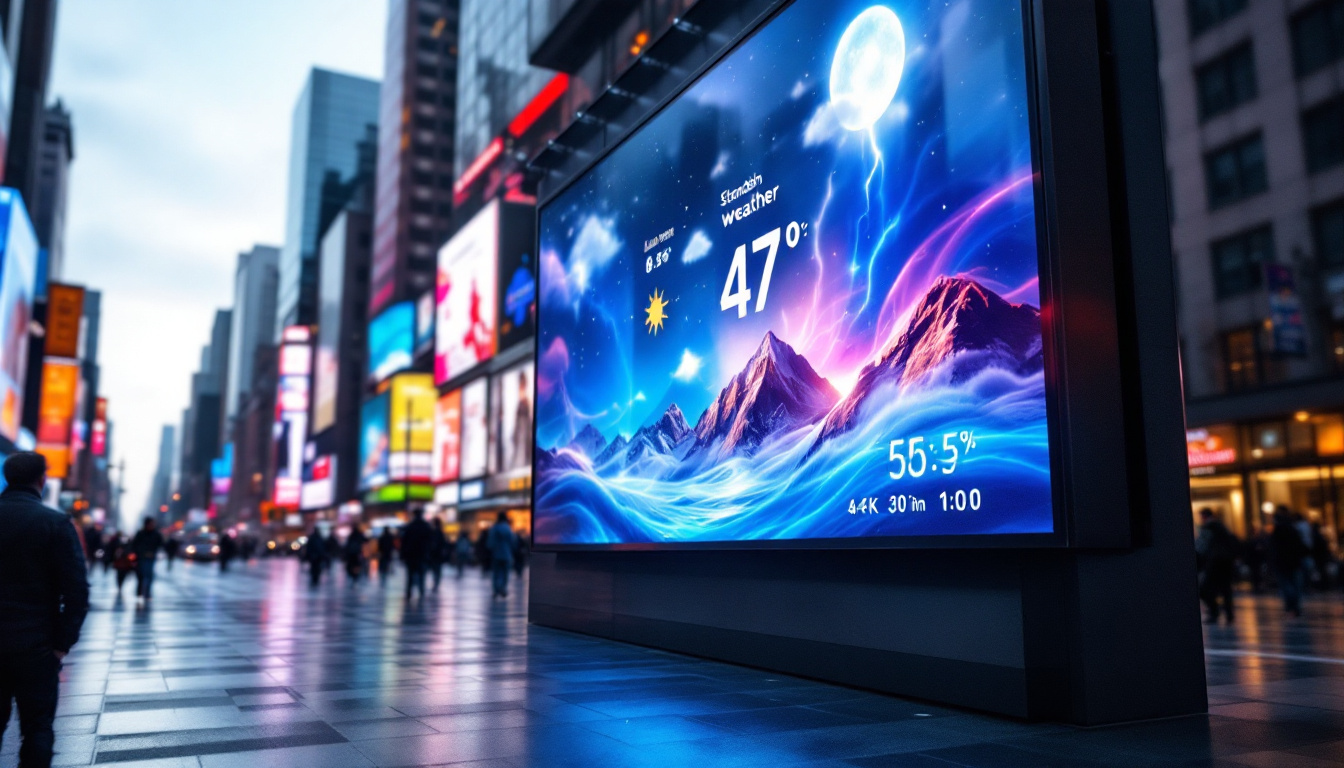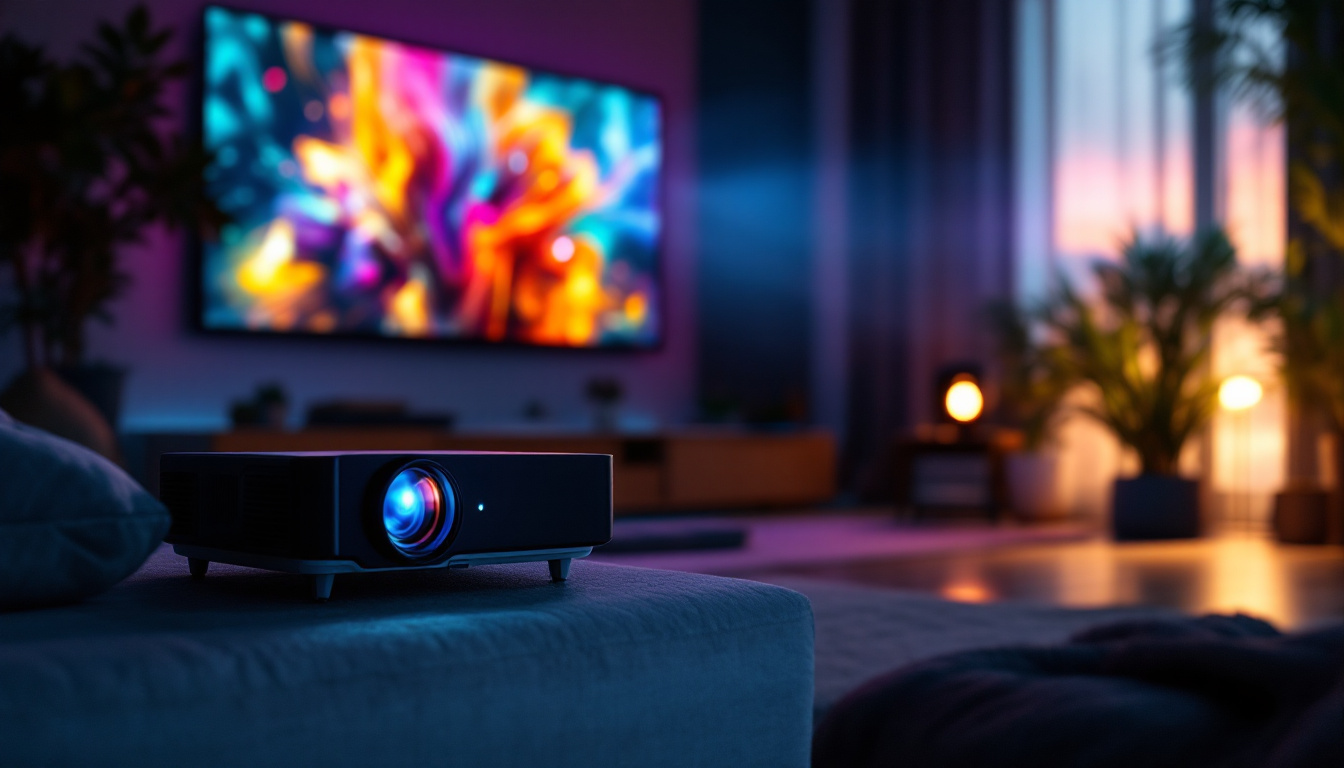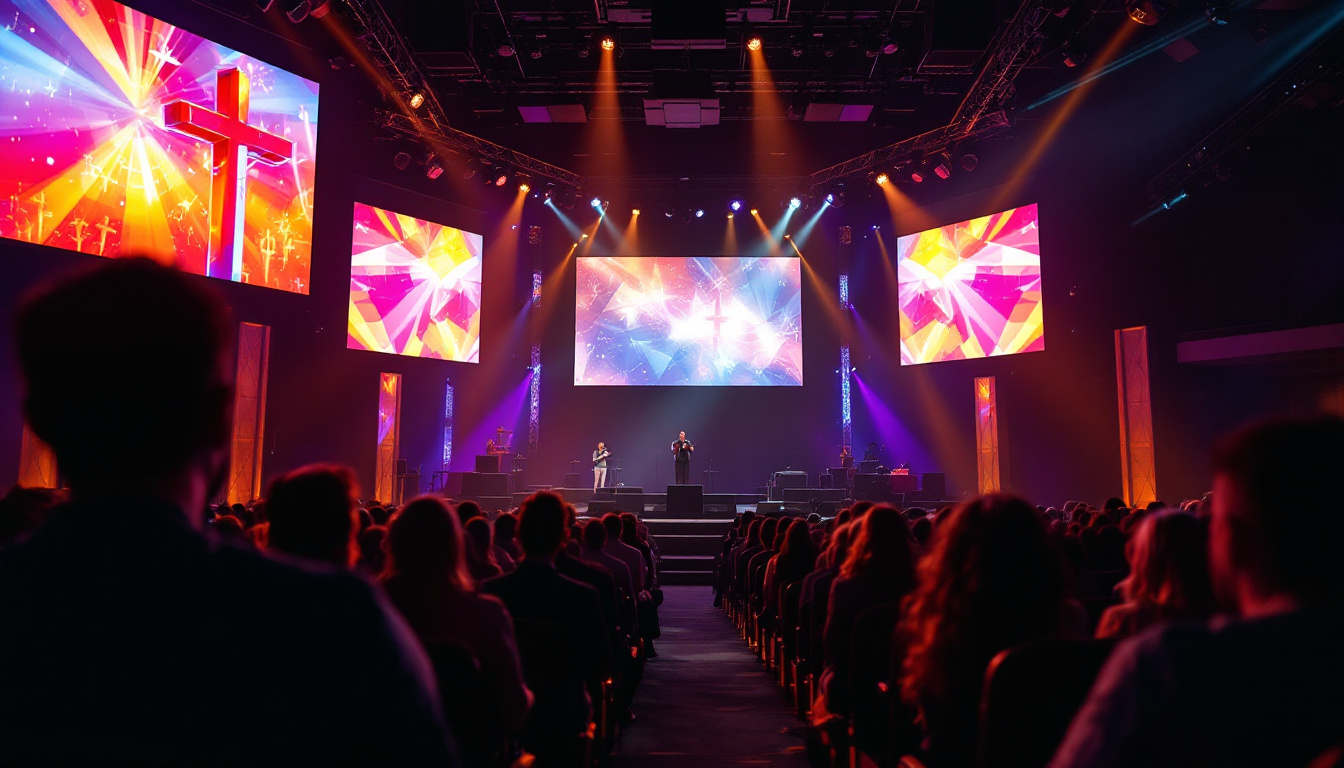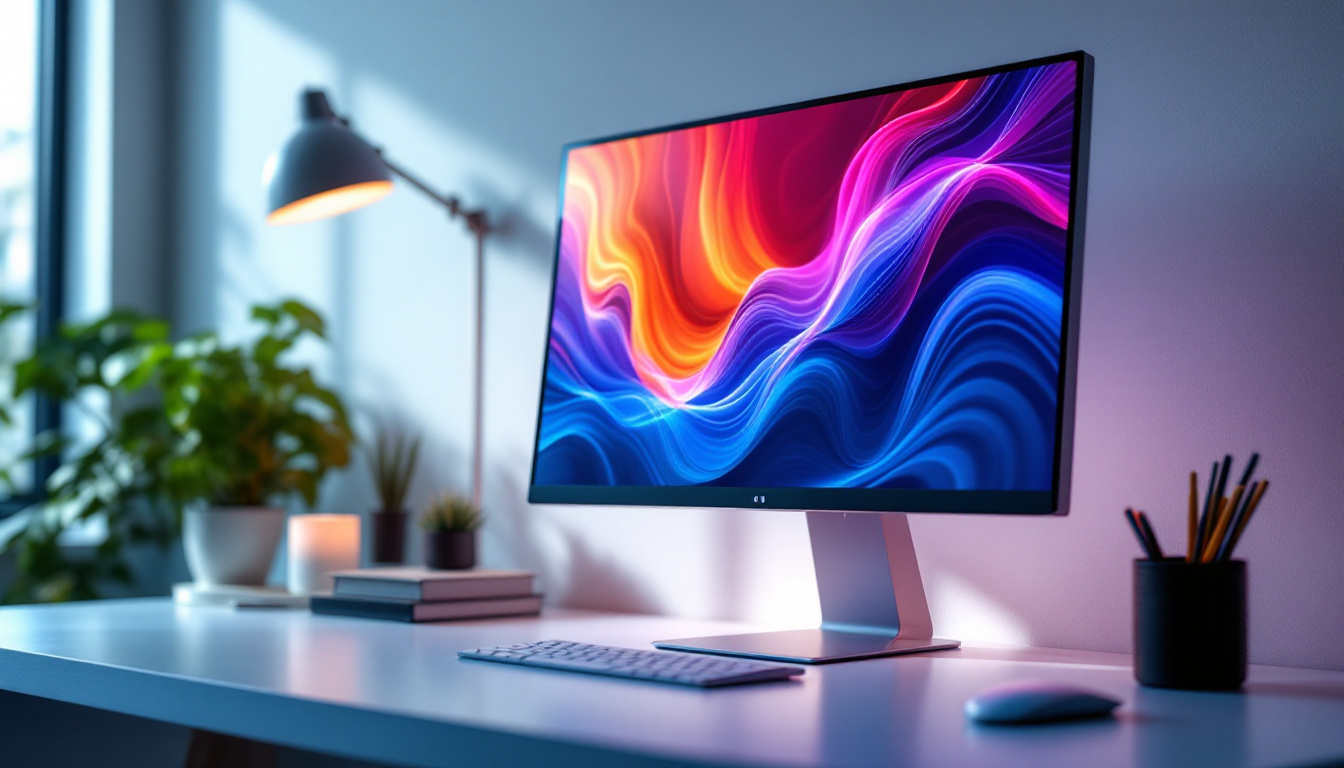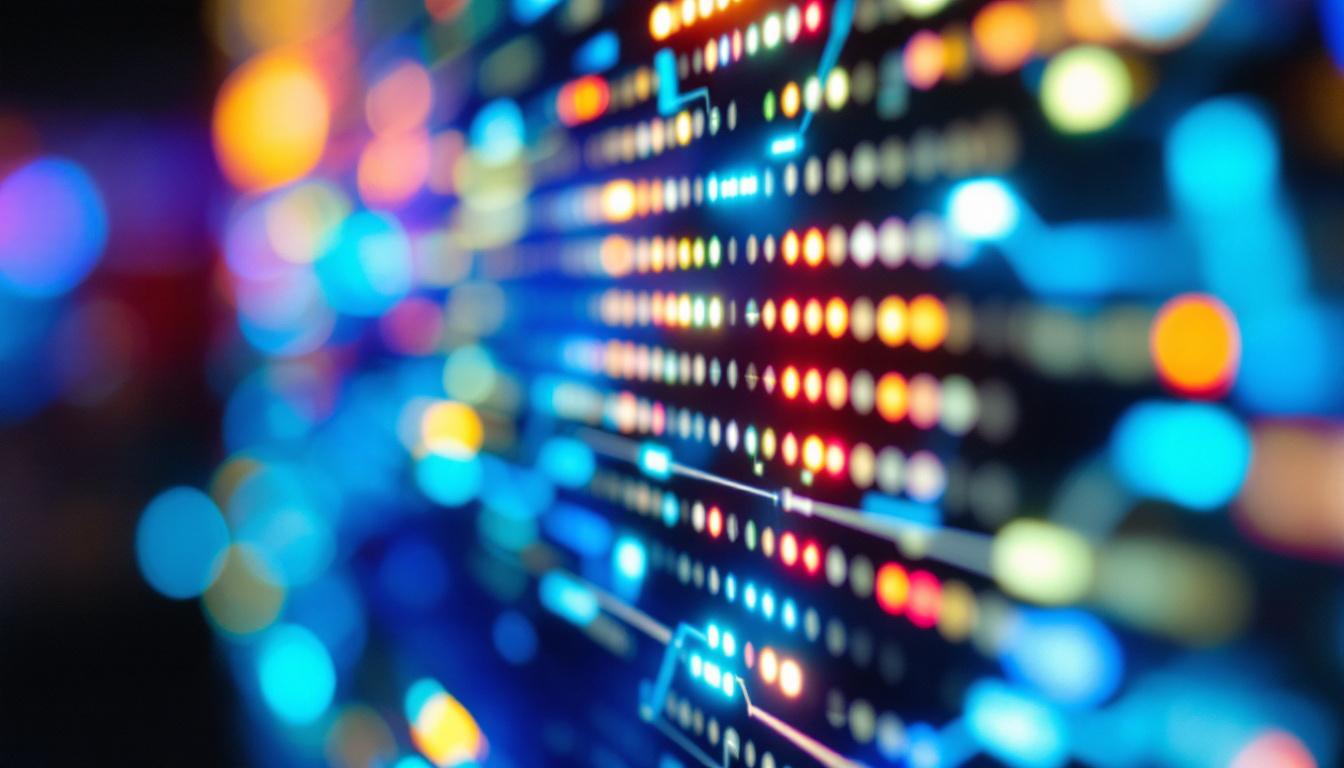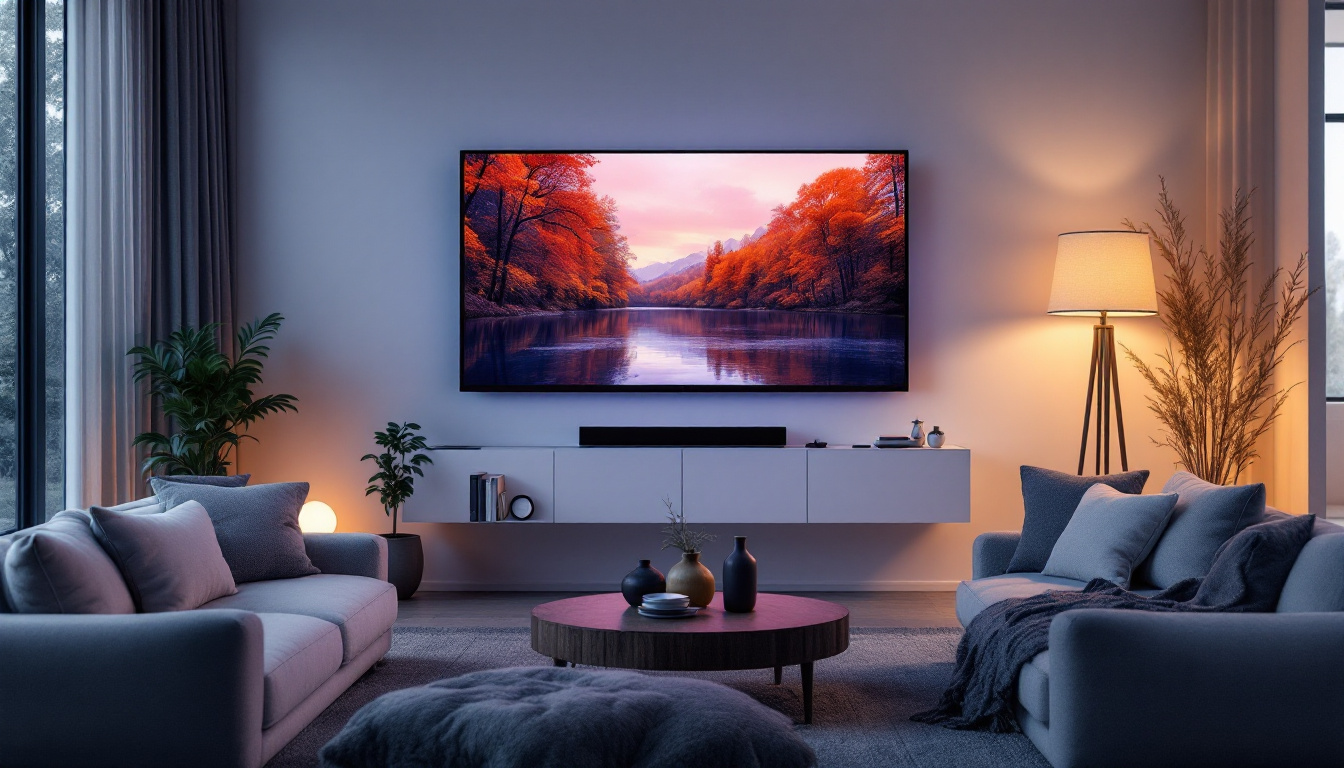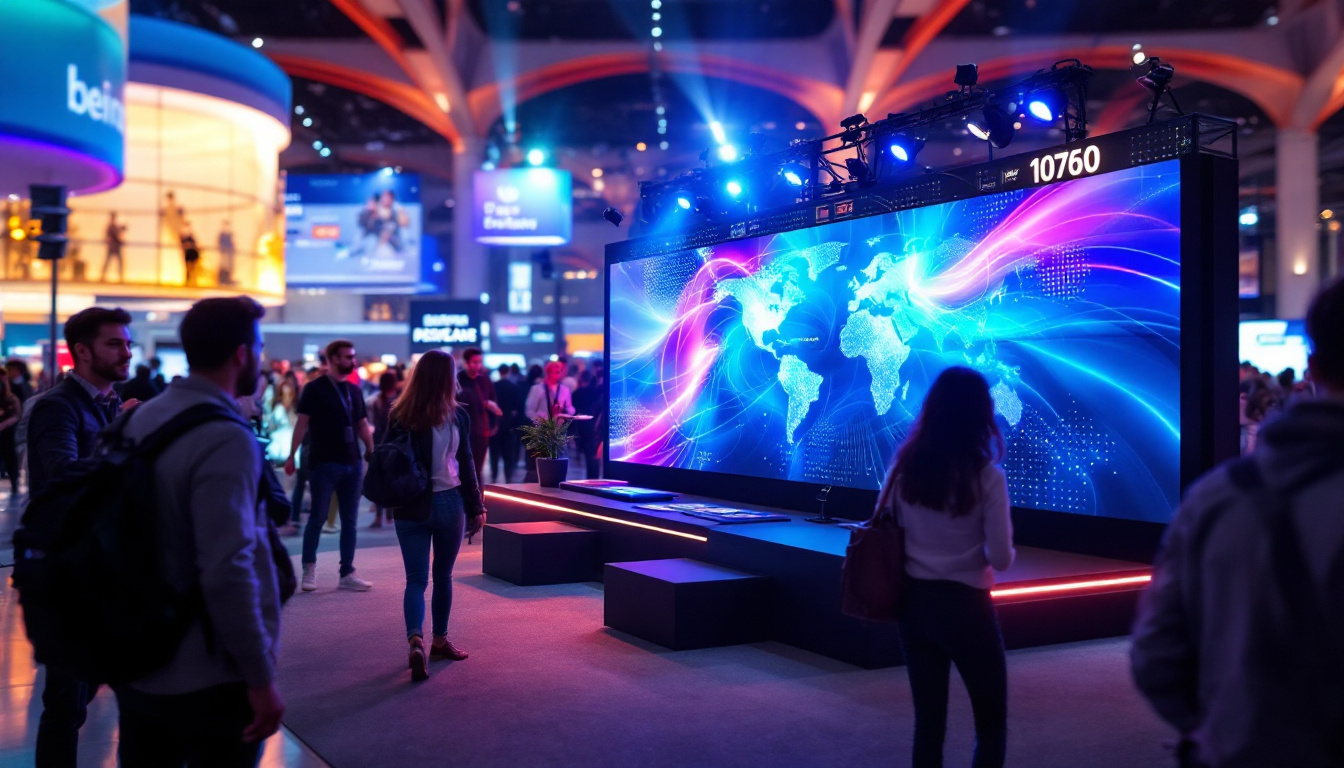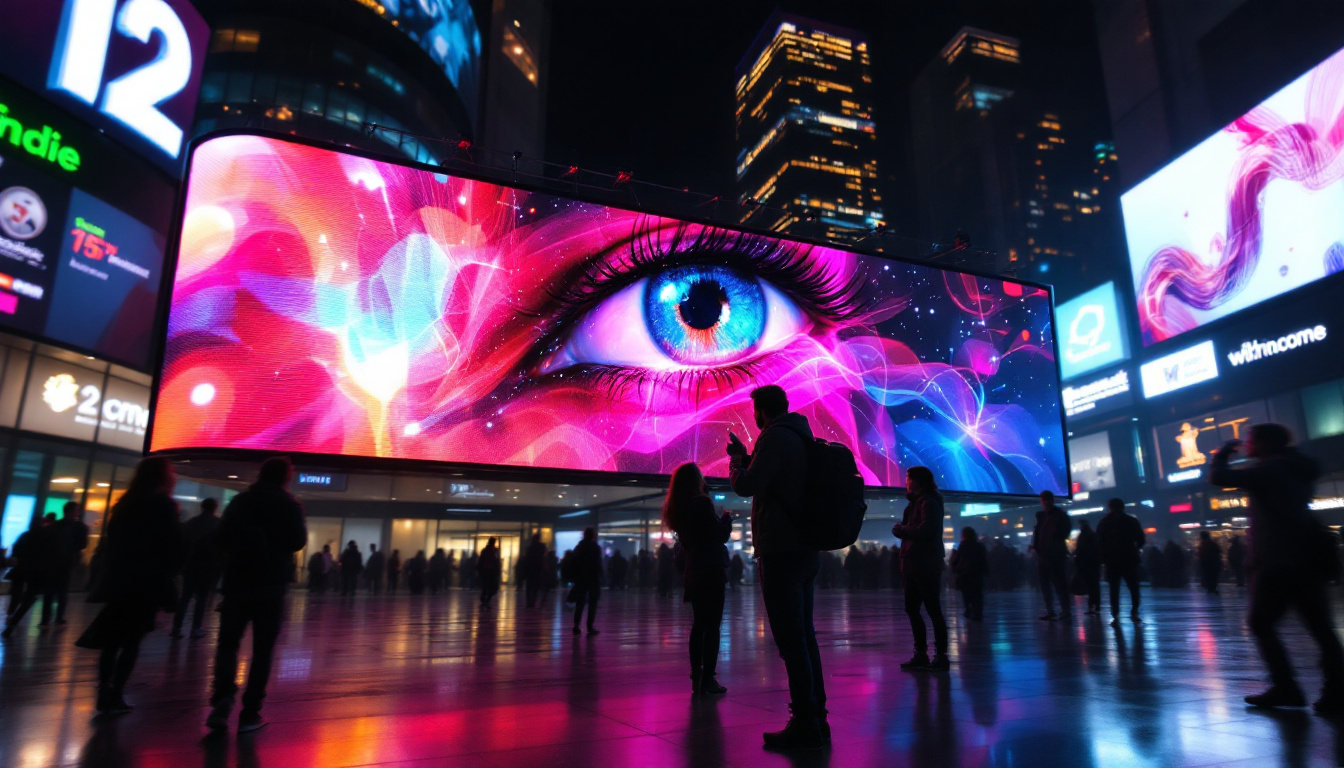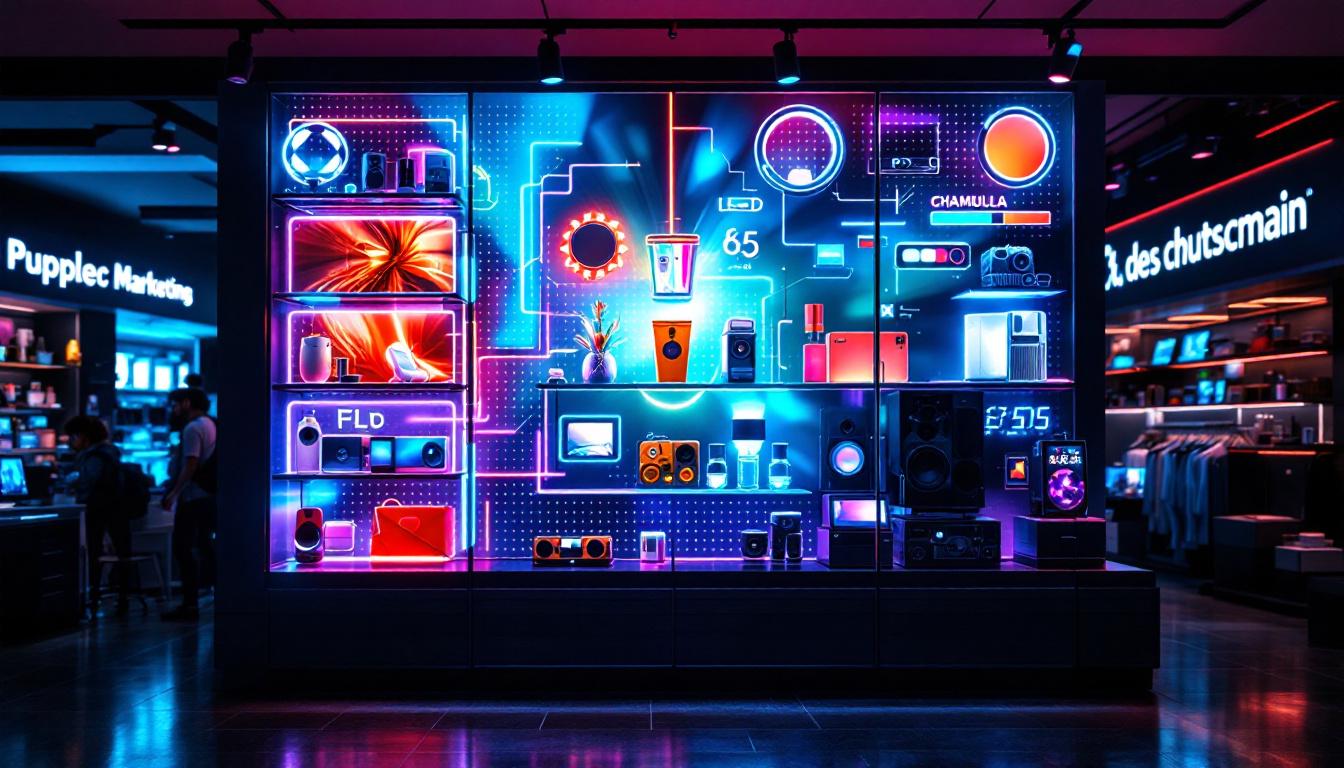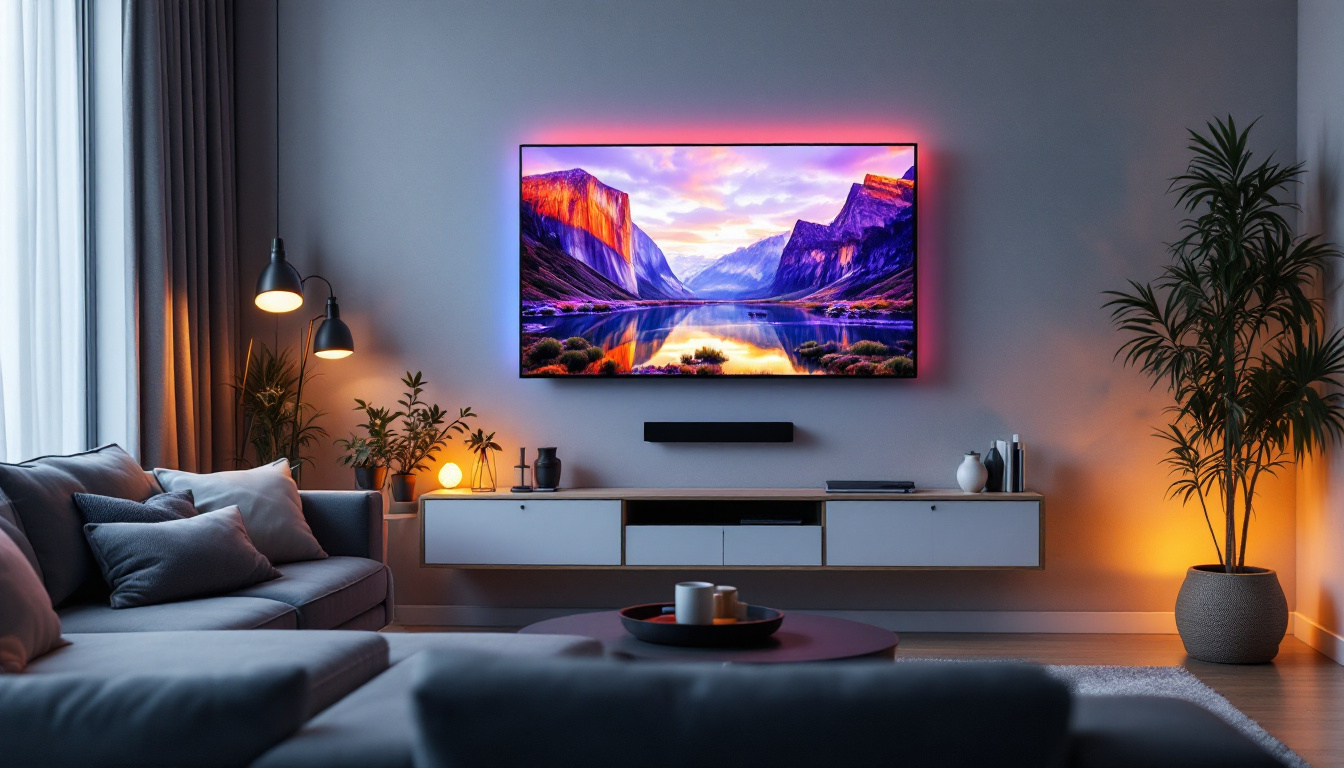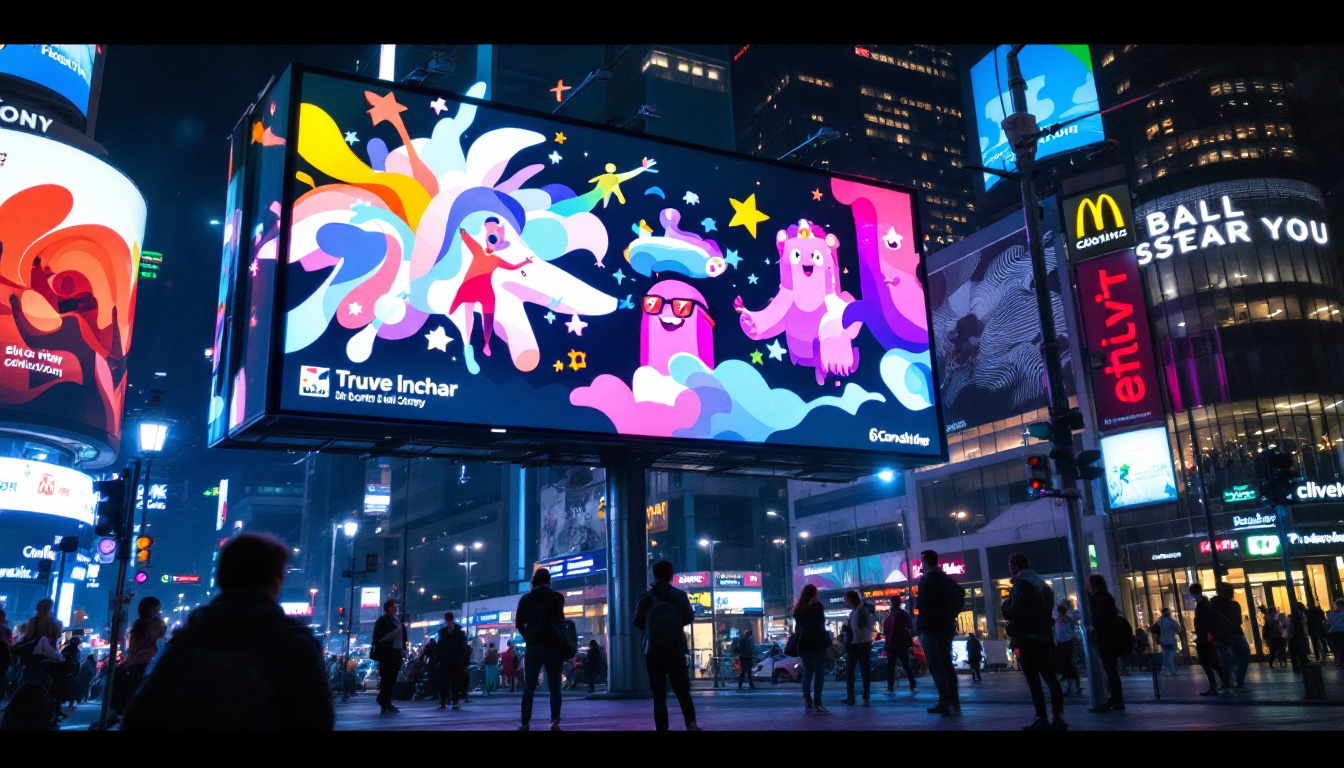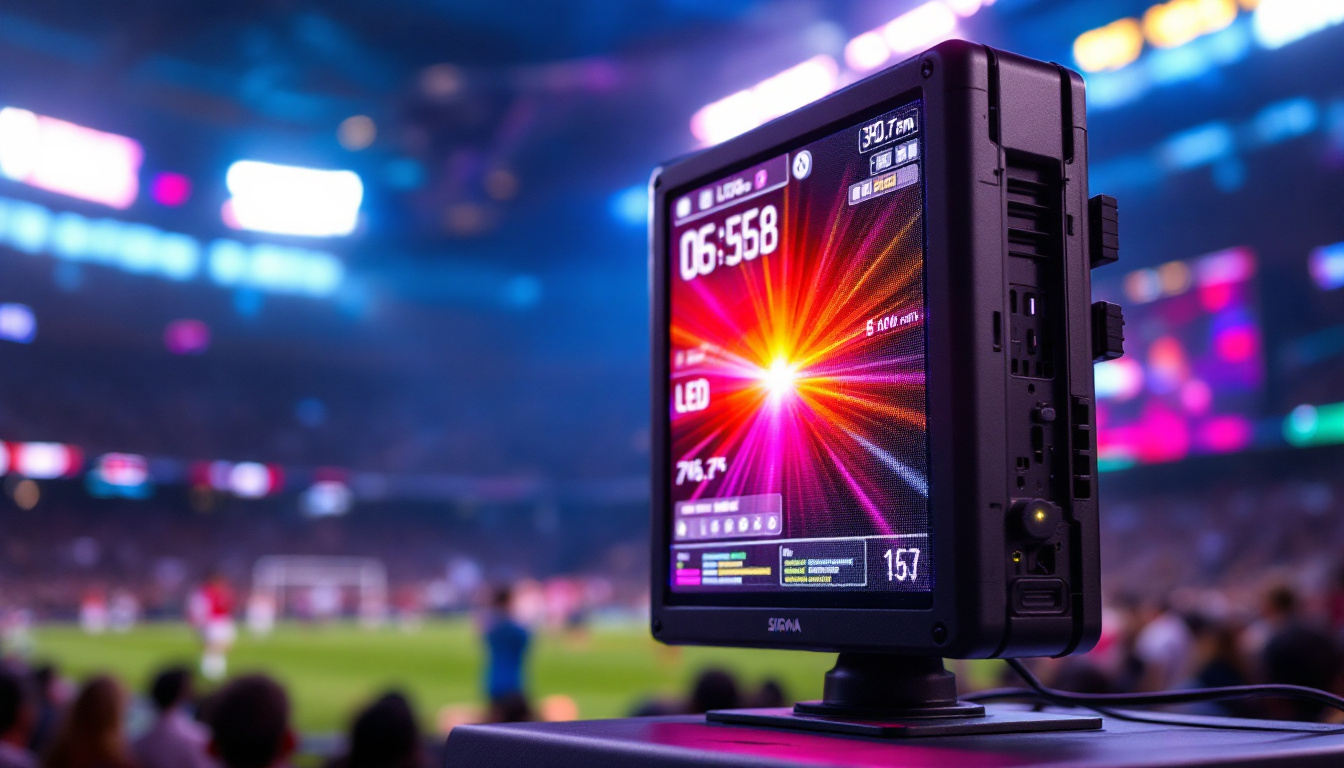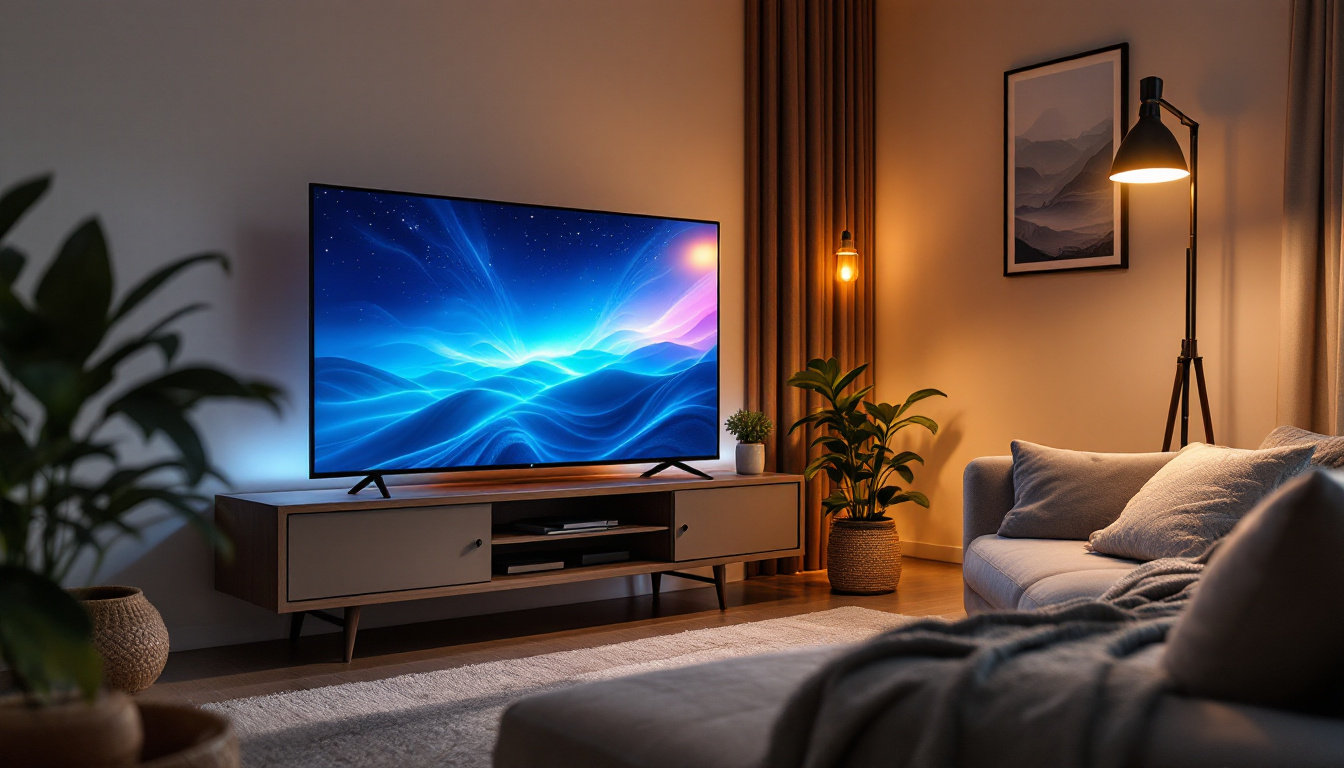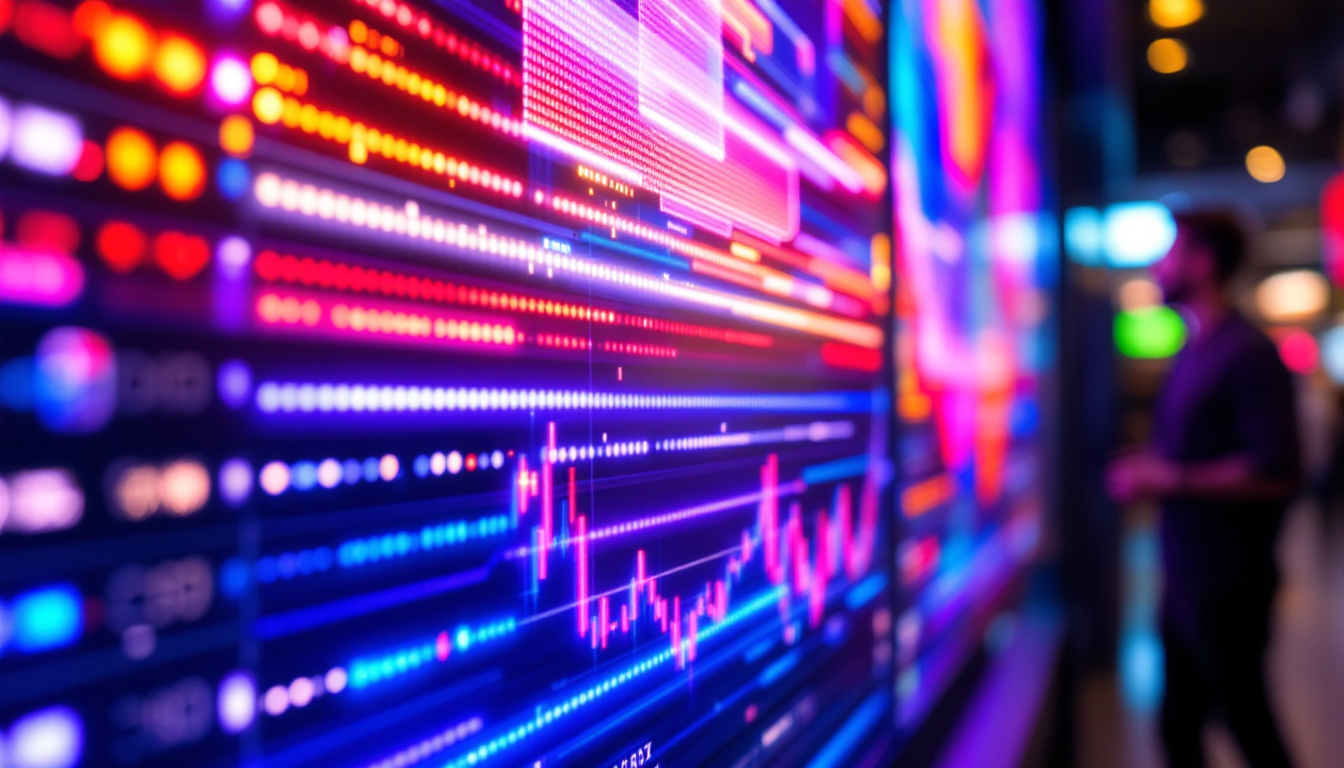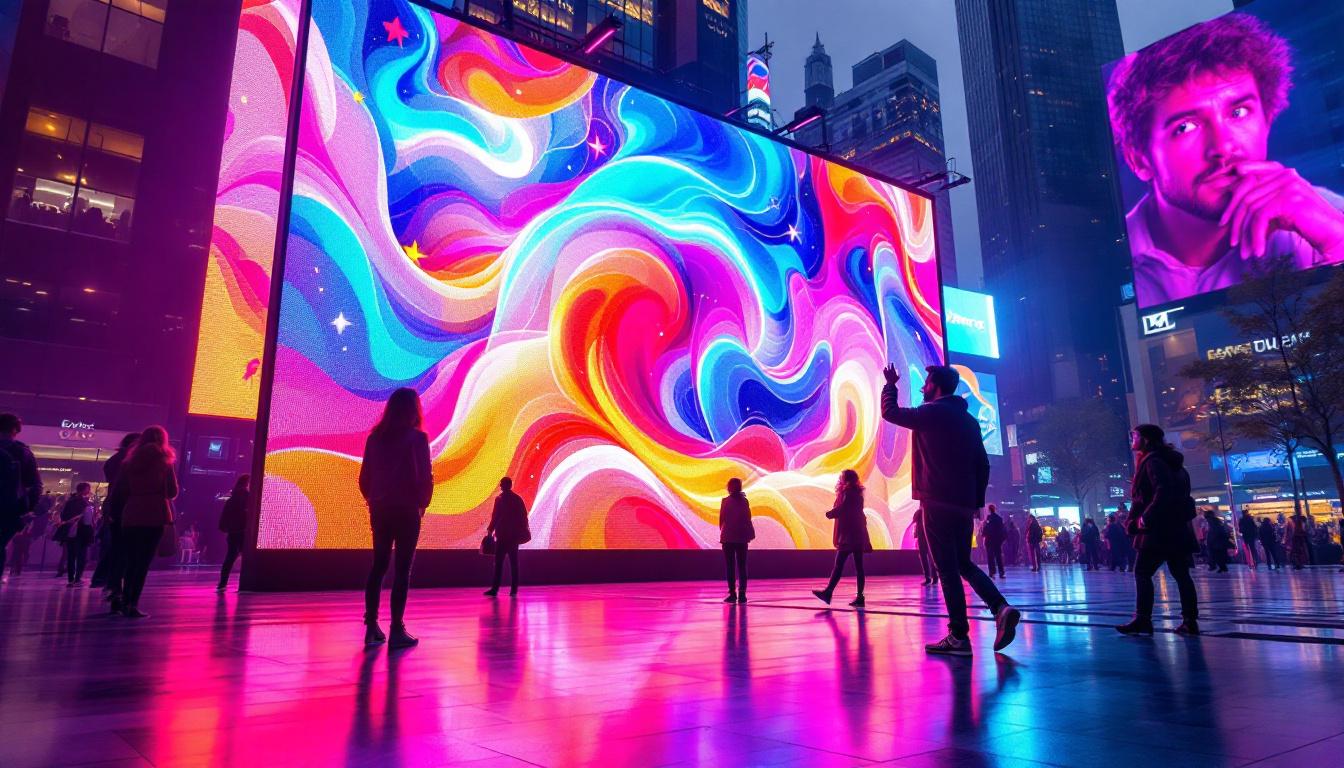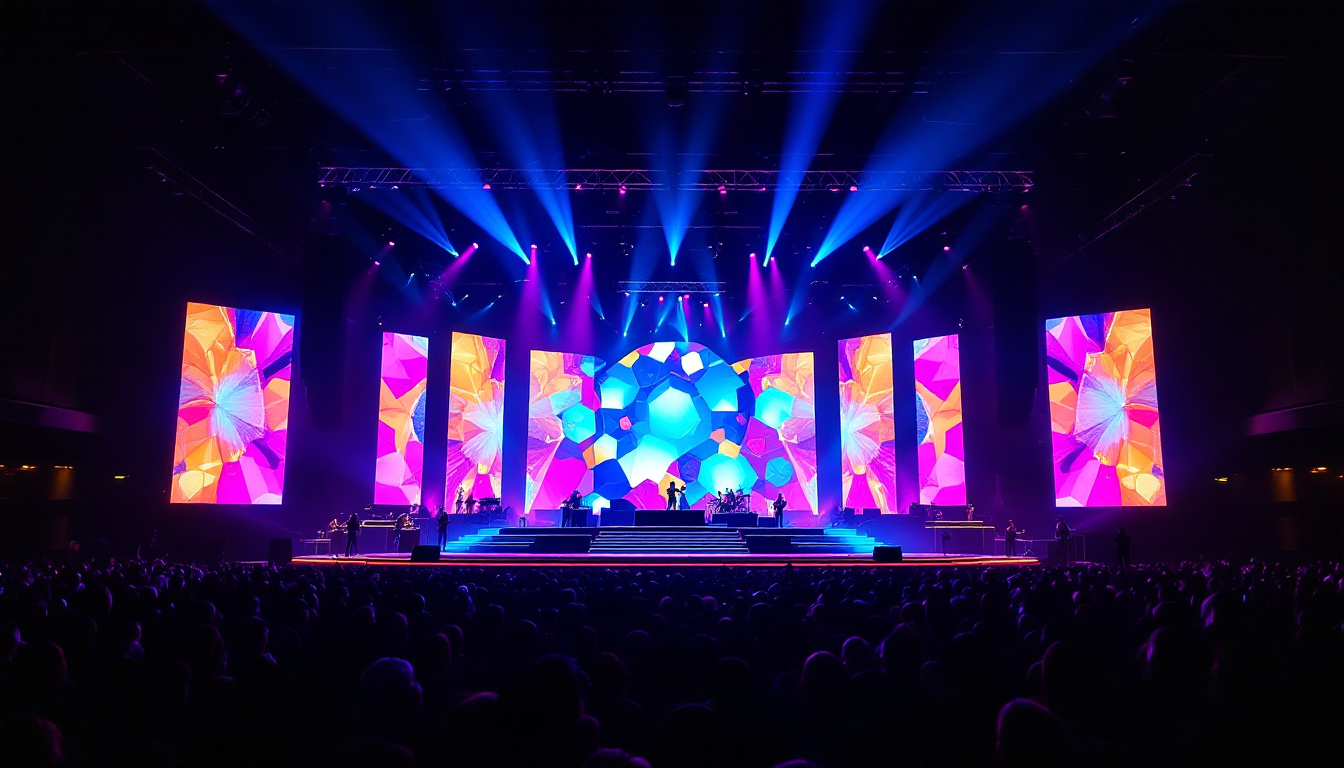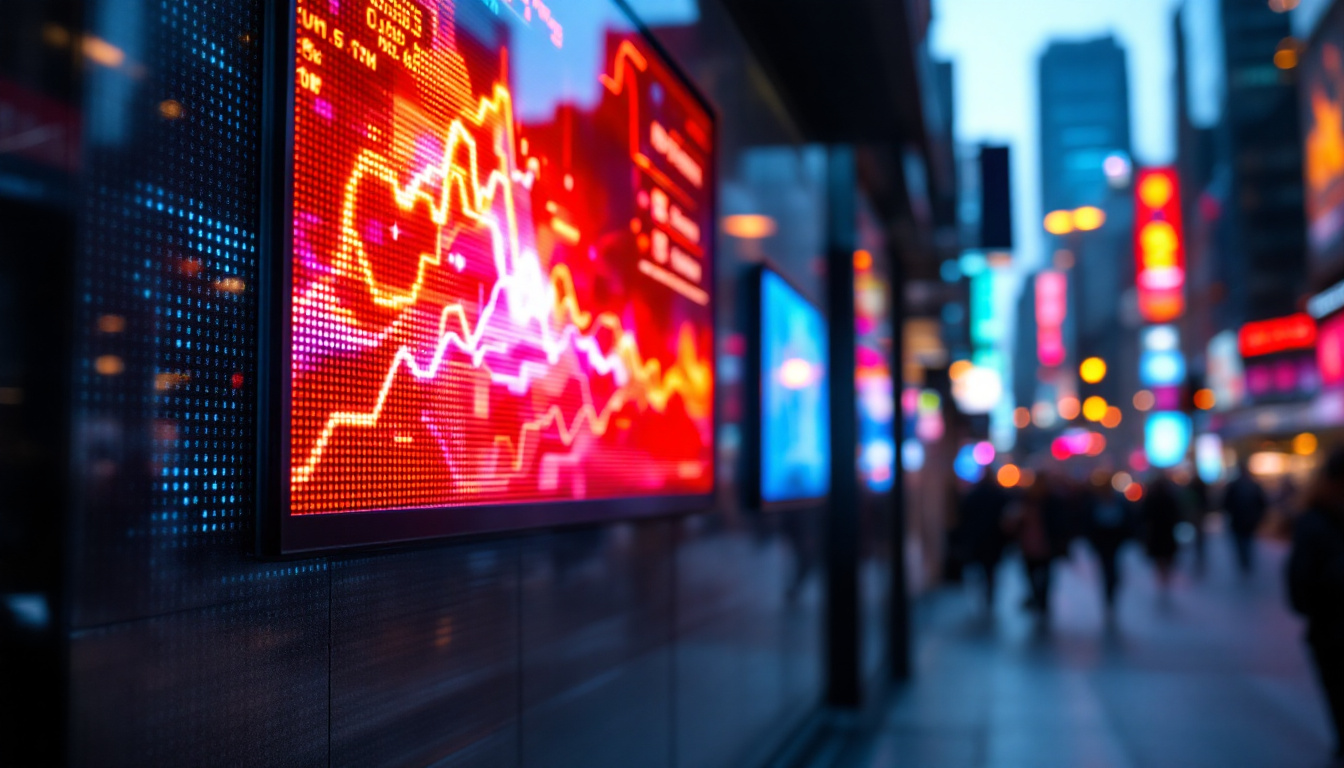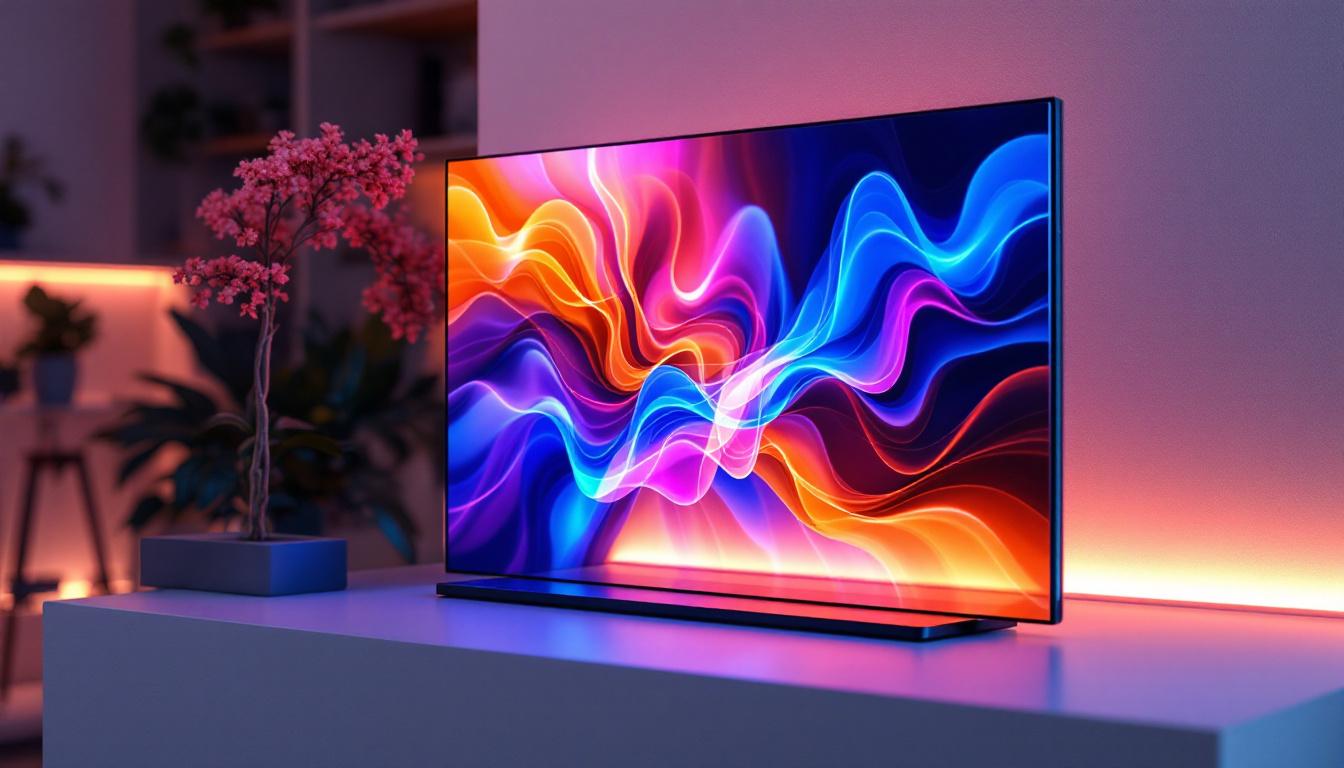In the world of live events, the visual experience is just as crucial as the auditory one. Concerts, festivals, and large-scale performances have increasingly relied on advanced technology to enhance audience engagement and create unforgettable experiences. One of the most significant innovations in this realm is the LED display. This article delves into the mechanics, benefits, and applications of LED displays in concert settings.
Understanding LED Technology
Light Emitting Diodes (LEDs) are semiconductor devices that emit light when an electric current passes through them. This technology has revolutionized various industries, particularly entertainment, due to its efficiency, brightness, and versatility. LEDs consume significantly less power compared to traditional incandescent bulbs, which not only reduces energy costs but also minimizes heat output, making them safer for prolonged use in various settings.
Moreover, the longevity of LEDs is impressive, with many lasting tens of thousands of hours, which translates to years of use without the need for frequent replacements. This durability makes them an ideal choice for large-scale installations, such as concert venues and outdoor festivals, where reliability is paramount. The compact size of LEDs also allows for innovative designs that were previously impossible with older lighting technologies, enabling artists and event planners to push the boundaries of creativity.
How LED Displays Work
LED displays consist of numerous tiny LED bulbs arranged in a grid. Each pixel in the display is made up of red, green, and blue (RGB) LEDs, which can be mixed in various intensities to produce a wide spectrum of colors. When these pixels are illuminated in different combinations, they create the images and videos that captivate concert-goers. The technology behind these displays is constantly evolving, with advancements in pixel pitch allowing for even finer resolutions, enhancing the clarity and detail of the visuals presented.
The control of these displays is managed through sophisticated software that synchronizes the visuals with the music and other elements of the performance. This synchronization is crucial for creating an immersive experience, as it allows for dynamic changes in visuals that match the rhythm and mood of the performance. Advanced control systems can also incorporate real-time data, enabling performers to interact with the visuals in a way that responds to audience reactions, further enhancing the connection between the stage and the crowd.
Types of LED Displays
There are several types of LED displays used in concerts, each with its unique features and applications. The most common types include:
- Indoor LED Displays: These are typically used in smaller venues and provide high-resolution images due to their close viewing distance. They are often designed to be lightweight and easy to install, allowing for quick setup and teardown between performances.
- Outdoor LED Displays: Designed to withstand various weather conditions, these displays are larger and have lower resolution, as they are viewed from greater distances. Many outdoor models also feature enhanced brightness levels to ensure visibility even in direct sunlight, making them perfect for festivals and large public events.
- Flexible LED Displays: These can be curved or shaped to fit specific designs, allowing for creative installations that enhance the visual experience. Their adaptability means they can be used in unconventional settings, such as on stage props or even as part of the performer’s costumes, creating a seamless blend of technology and artistry.
Benefits of LED Displays in Concerts
LED displays offer numerous advantages that make them an ideal choice for concert settings. Their benefits extend beyond mere aesthetics, impacting the overall experience for both performers and audiences.
High Brightness and Visibility
One of the standout features of LED technology is its brightness. LED displays can produce vibrant colors and sharp images, even in bright daylight. This quality is particularly important for outdoor concerts, where natural light can wash out other types of displays. The high visibility ensures that every audience member, regardless of their position, can enjoy the visuals. Furthermore, the ability to adjust brightness dynamically allows for seamless transitions between day and night performances, ensuring that the visual experience remains captivating throughout the event.
Energy Efficiency
Energy consumption is a critical consideration for large events. LED displays are known for their energy efficiency compared to traditional projection systems. They consume significantly less power, which not only reduces operational costs but also minimizes the environmental impact of large-scale events. Additionally, this efficiency allows event organizers to allocate resources toward other aspects of the concert, such as enhanced sound systems or more elaborate stage designs, ultimately elevating the overall production value.
Durability and Longevity
LED displays are built to last. They are resistant to shocks, vibrations, and extreme weather conditions, making them ideal for the rigors of touring and outdoor performances. This durability translates into lower maintenance costs and fewer replacements over time, providing a reliable solution for event organizers. Moreover, the modular design of many LED systems allows for quick repairs and replacements, ensuring that any issues can be addressed promptly without significant downtime. This resilience not only enhances the reliability of the displays but also contributes to a smoother experience for both artists and fans, as technical difficulties are minimized.
Versatile Design Options
Another significant advantage of LED displays is their versatility in design. They can be configured into various shapes and sizes, allowing for creative staging that can enhance the thematic elements of a concert. From massive video walls that dominate the stage to smaller, strategically placed screens that provide close-up views of the performers, the flexibility of LED technology enables event planners to craft a unique visual narrative. This adaptability also extends to the integration of interactive elements, such as live social media feeds or audience participation features, which can further engage concert-goers and create a more immersive experience.
Enhanced Audience Engagement
LED displays play a crucial role in enhancing audience engagement during concerts. By showcasing real-time visuals, animations, and dynamic content that syncs with the music, these displays can elevate the emotional connection between the performers and the audience. For instance, during a powerful ballad, a display might feature serene visuals that complement the mood, while high-energy tracks can be paired with vibrant, fast-paced graphics. This synchronization not only captivates the audience but also creates memorable moments that resonate long after the concert has ended, reinforcing the impact of the live performance.
Applications of LED Displays in Concerts
LED displays have found a multitude of applications in concert settings, enhancing various aspects of the performance. From stage backdrops to interactive elements, the possibilities are vast.
Stage Backdrops
One of the most common uses of LED displays in concerts is as stage backdrops. These large screens can display dynamic visuals that complement the music and enhance the storytelling aspect of the performance. Artists can use these displays to create immersive environments, transporting the audience into different worlds.
Live Video Feeds
During concerts, LED displays are often used to show live video feeds of the performers. This is especially beneficial in large venues where some audience members may be far from the stage. By providing close-up views of the artists, the displays help create a more intimate connection between the performers and the audience.
Interactive Experiences
With advancements in technology, LED displays can now be integrated with interactive elements. Audience participation can be encouraged through mobile apps that allow fans to influence the visuals displayed on the screens. This not only enhances engagement but also creates a unique experience tailored to each performance.
Challenges and Considerations
While LED displays offer numerous benefits, there are also challenges and considerations that event organizers must keep in mind. Understanding these factors can help ensure a successful integration of LED technology into concerts.
Cost Implications
The initial investment for high-quality LED displays can be significant. While the long-term savings on maintenance and energy costs are beneficial, the upfront costs can be a barrier for some event organizers. Budgeting for these expenses is crucial, particularly for smaller venues or independent artists.
Technical Expertise
Operating LED displays requires a certain level of technical expertise. Event organizers must ensure they have trained personnel who can manage the displays effectively, troubleshoot issues, and coordinate the visuals with the performance. This may involve hiring specialized staff or training existing team members.
Content Creation
The effectiveness of LED displays is heavily dependent on the quality of the content being shown. Creating captivating visuals that resonate with the audience and align with the performance requires skilled designers and animators. Investing in high-quality content creation is essential to maximize the impact of LED displays.
Future Trends in LED Displays for Concerts
The landscape of LED technology is continually evolving, with new advancements on the horizon. As the demand for immersive experiences grows, the future of LED displays in concerts looks promising.
Higher Resolutions and Pixel Density
As technology advances, the resolution and pixel density of LED displays are expected to improve significantly. This will allow for even more detailed and vibrant visuals, enhancing the overall experience for concert-goers. Higher resolutions will also enable closer viewing distances without compromising image quality.
Integration with Augmented Reality (AR)
Augmented reality is set to play a crucial role in the future of live performances. By integrating AR with LED displays, artists can create interactive experiences that blend the physical and digital worlds. This could involve virtual elements appearing on the screens, enhancing storytelling and audience engagement.
Sustainability Initiatives
As environmental concerns grow, the entertainment industry is increasingly focusing on sustainability. Future LED displays are likely to be designed with eco-friendly materials and energy-efficient technologies. This shift will not only reduce the carbon footprint of concerts but also appeal to environmentally conscious audiences.
Conclusion
LED displays have transformed the concert experience, offering vibrant visuals, high energy efficiency, and durable solutions for event organizers. As technology continues to evolve, the possibilities for enhancing live performances are limitless. By understanding the benefits, applications, and challenges of LED displays, artists and event organizers can create unforgettable experiences that resonate with audiences long after the final note has been played.
Incorporating LED displays into concerts is not just about aesthetics; it’s about creating a multi-sensory experience that engages and captivates. As the industry moves forward, embracing these advancements will be key to staying relevant and providing audiences with the memorable experiences they crave.
Illuminate Your Next Event with LumenMatrix
Ready to elevate your concert experience with the vibrant visuals and unmatched efficiency of LED displays? Discover LumenMatrix’s innovative solutions, from Indoor and Outdoor LED Wall Displays to Custom and All-in-One LED Displays, and see how we’re revolutionizing visual communication. Our mission is to enhance engagement and captivate audiences with cutting-edge technology. Don’t just take our word for it; check out LumenMatrix LED Display Solutions today and transform your live events into unforgettable spectacles.

